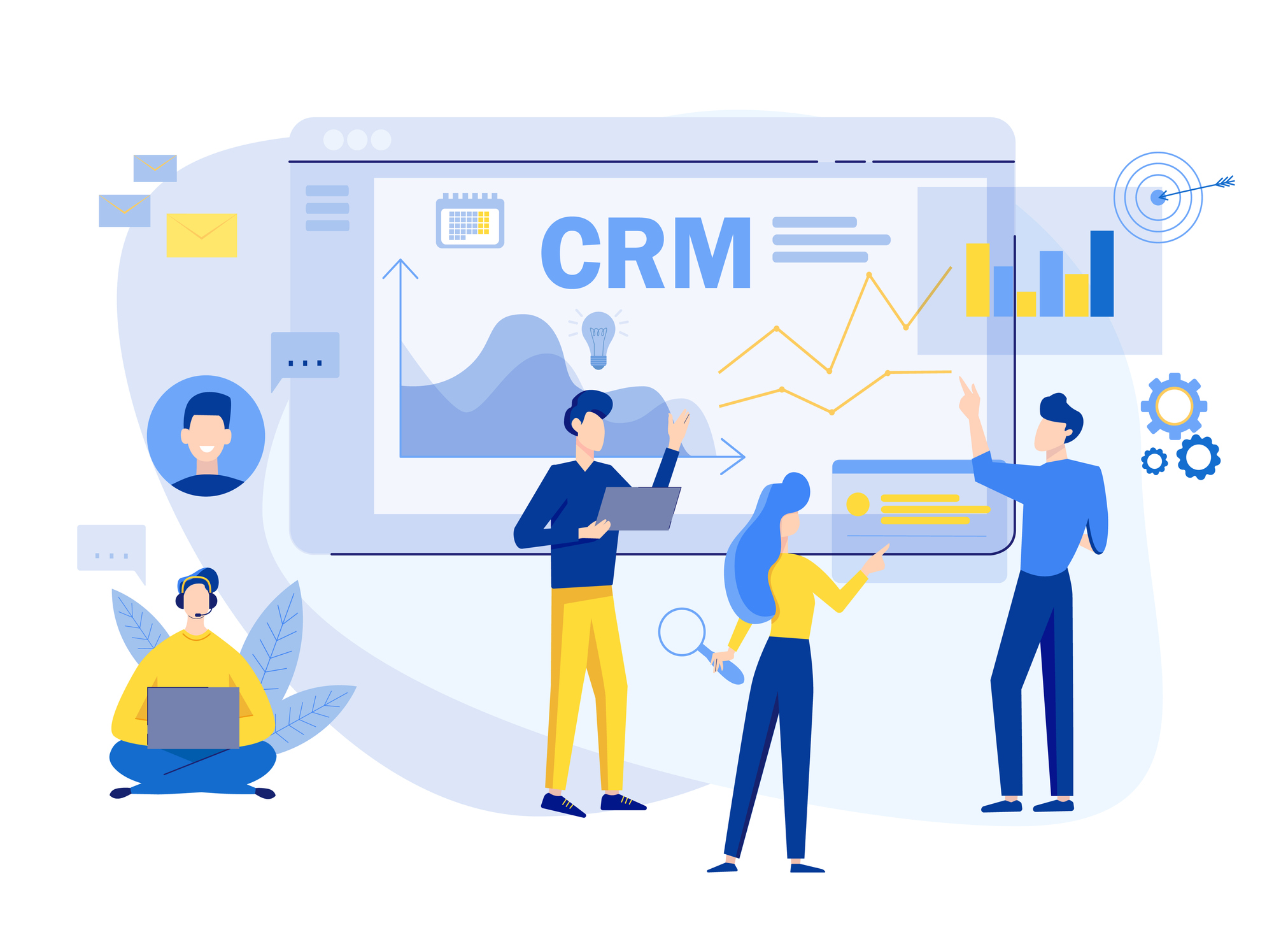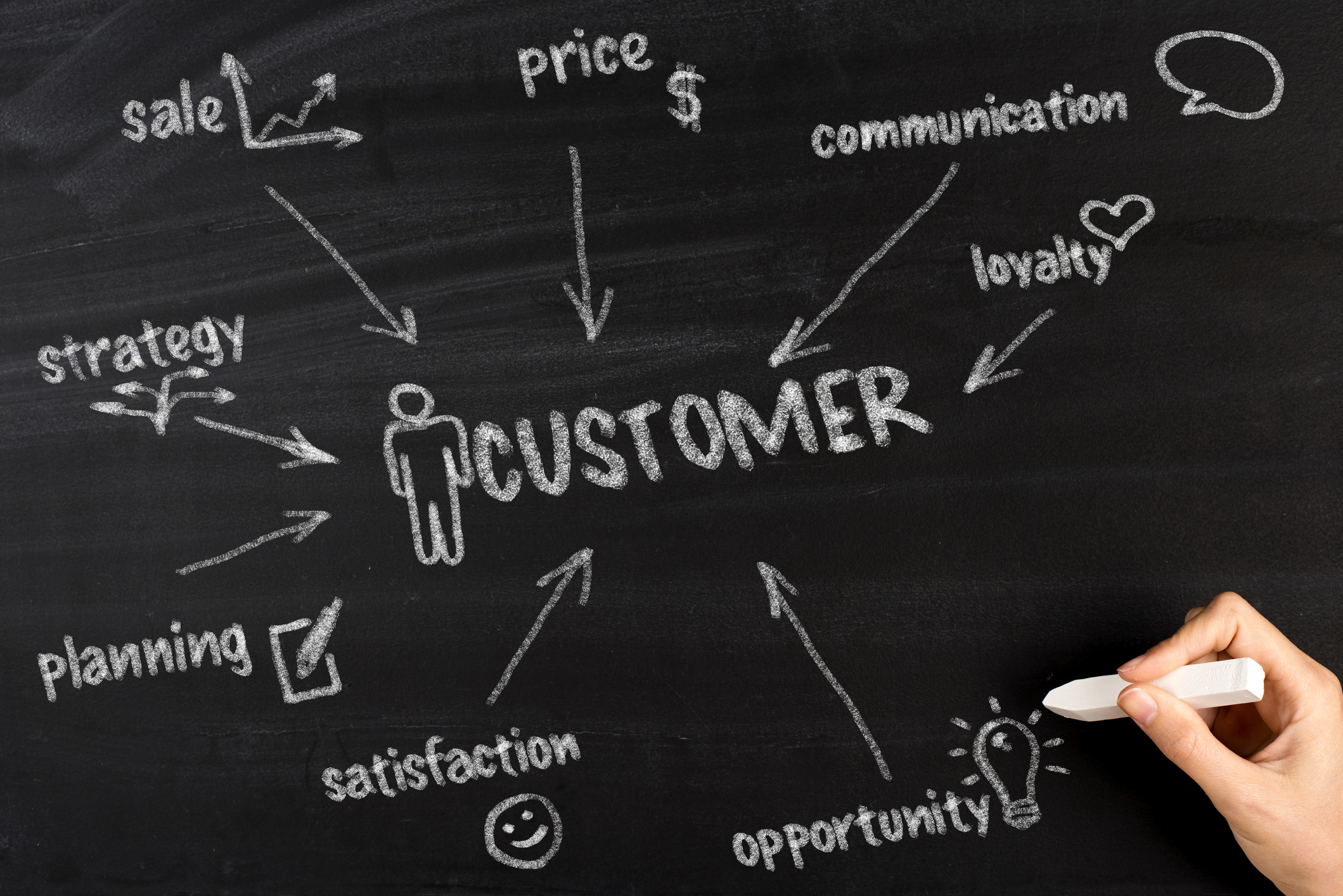When most people think about CRM software (Customer Relationship Management), they think of the primary users as members of your sales team. And while they certainly do use the CRM day in and day out and benefit significantly from this type of system, so can marketing.
Your marketing teams can utilize the customer information and data sales reps capture in your CRM solution in their efforts to create robust marketing plans for current and potential customers. Why not use all that valuable information that sales is capturing for each customer or lead and use it to your advantage when designing marketing campaigns so you can make them the most effective?
If your marketing teams aren’t using the data in your CRM, what are they waiting for?
Segment Contacts for Email Marketing
CRM systems generally make it easy for marketing to segment contacts and determine who is a potential customer and who is a current customer – typically by lead status.
It is essential to have these two customer groups segmented because your marketing message will differ for each. For prospective customers, you must sell them on why they should start doing business with your company. Why you are the best choice for them. And why you can solve a problem another company might not be able too.
You need to make sure you stand out from your competition so potential customers remember your business and will come to you the next time they need to book an appointment.
It may be a little easier to market to current customers since they are familiar with your company and services you offer. A great way to market to existing customers is through promotions, maintenance agreements, or thought-leadership content. This content will help you further position yourself as the business of choice in your industry and market.
One easy way to start an email marketing campaign to these two groups is through newsletters – one for current customers and one for prospective customers. This typically isn’t a heavy lift and is a cost-effective solution.
- Prospective Customer Newsletter: Your marketing team can use this as a chance to highlight all the services and products your business offers, along with any coupons or discounts to entice people to book an appointment with you. If you have a regular schedule of sending newsletters, people will start to recognize your brand name and think of you the next time they need an HVAC tech, electrician, or plumber.
- Current Customer Newsletter: This newsletter can be used to promote any discounts or deals your business is running or to show the value of why your customers should purchase a maintenance agreement from you.
When you start your email newsletters, you can track open rates and click-through rates to see what content your contacts are engaging with the most. Your sales team can also use this information to follow up with a customer who may have clicked on an offer or link in your email but haven’t yet contacted your business to book and appointment or service.
This is just the beginning of marketing campaigns you can execute with the help of your CRM. As always, please make sure you have the proper permissions from your customers and potential customers before you add them to your marketing lists.
Implement Marketing Automation for a Better Customer Experience
A CRM is a great place to implement automated marketing messages for your current and potential customers.
For current customers, some examples of automation could be service reminders for upcoming appointments, maintenance agreement expirations/renewals, or reminders to schedule upcoming maintenance agreement visits.
For potential customers, some CRMs will let you create automated email sequences that they will receive at predetermined intervals. It generally takes about eight touches from a business or brand to a potential customer before a sale happens, so this is a great hands-free approach.
Determine ROI and Lifetime Customer Value for Marketing Campaigns
Over time, CRM systems will help you track the lifetime value of your customers and your marketing campaigns. CRMs track where your customer came from – a form, website, social media, ad, etc. You can use this data in many ways:
- Initially, you can track where you get the most leads and customer inquiries. Maybe you are seeing a bunch of leads coming to you from a Facebook ad you are running or from a spot on your local radio station. You can compile that information and determine where you should invest more money. If you have an ad that is not performing as well and not seeing many customer inquiries, you may want to consider stopping the ad and putting that money towards a platform where you see a return.
- You can also begin to track the lifetime value of a customer based on jobs they have completed or any maintenance agreements they have. You can see how much revenue and profit that customer has driven over time and track that back to the lead source to determine the lifetime value of your marketing campaigns and lead sources.
Now let’s get started! Don’t let all that valuable customer information and interactions go to waste. Start capitalizing on the information your sales team has gathered and use that to further assist them in gaining and retaining customers.
Successware stores all customer data on our platform and is a great CRM tool. You can store and track customer communication history, job data, maintenance agreements, equipment history, and more, making Successware a powerful CRM tool. Successware has many sales tools and marketing tools to help your business grow its customer base and increase revenue. Find out for yourself how Successware can help you improve your efficiencies and streamline your processes with our back-office platform and Successware Mobile.






.1)[1].png)
.png)
[1].png)
[1].png)
[1].png)



